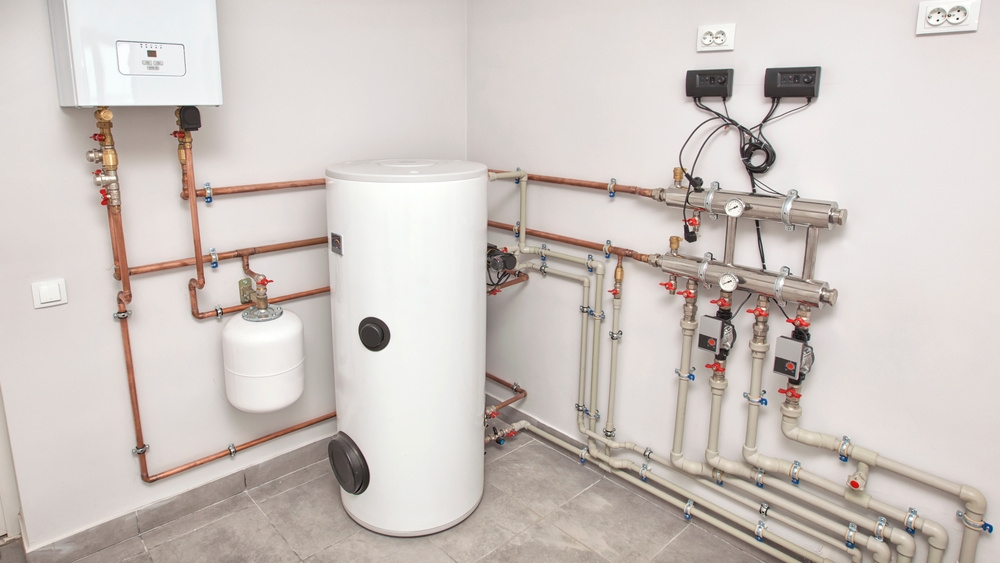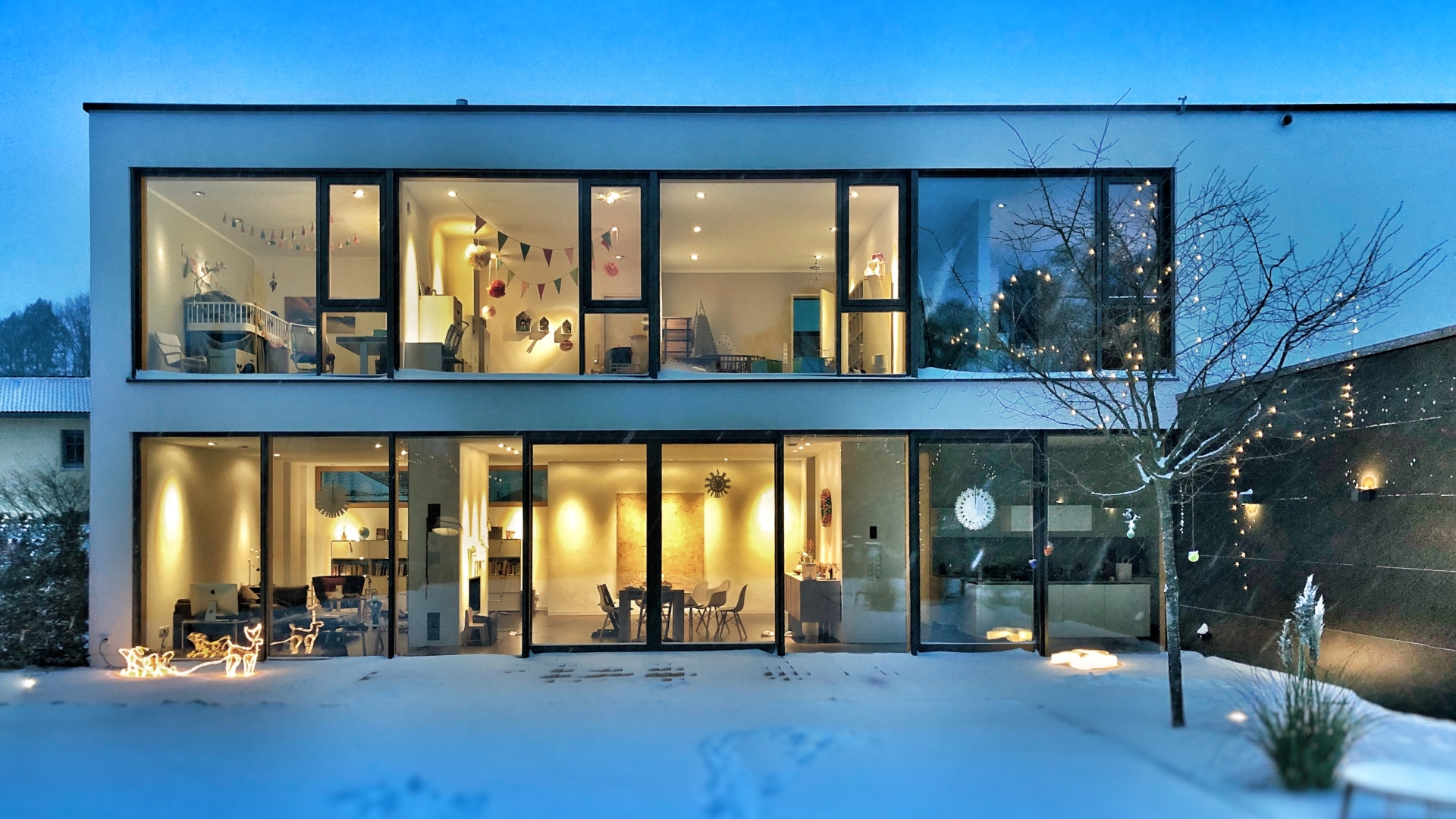The trends in home designs and improvements always follow the trends in lifestyle, and one that has become more popular, as of late, is a desire for self-sufficiency and sustainability. Whether it’s to reduce their household bills or ensure that they’re taken care of should the local infrastructure fail them, a lot of people are looking at how to create homes that allow them to take better care of themselves. Here, we’re looking at some of the home upgrades they’re investing in.
Having Your Own Food Stocks
One of the most popular recent home outdoor improvements feels relatively old school: creating a garden to grow your own food. You don’t necessarily need a ton of space and large beds to grow your own herbs, leafy greens, and tomatoes. Even a few containers or vertical growing systems can be enough to rely less on your local greengrocers. By composting your kitchen waste, you can even ensure that you’re producing the nutrient-boosting soil food that you need for better growing.
Embracing Green Energy
The modern push towards self-sufficiency is, of course, largely thanks to the changes in how we’re able to produce energy. Generating your own electricity is a big step towards becoming less reliant on the grid, and whether you choose solar power or ground source heat pumps, providers like All Seasons Energy are making it easier and easier to go green with your power supply. Which green fuel source works best for your home will largely depend on factors like its position and how much space you have available, but most homes are good candidates for a green energy transformation.
Consider A Backup Generator
Green energy sources and their backup batteries can help you meet a lot of needs, but if you want to become truly energy independent, you might also want to think about installing a generator as well. This is especially vital for remote areas or places that are susceptible to extreme weather conditions. A generator can keep lights on, fridges running, and essential systems active during power outages. Choose one that matches your home’s power demands, as well as which fuel is most readily available, be it petrol, diesel, propane, or otherwise.
Water Resource Management
We don’t think as often about how we get and use our water, but it’s becoming an increasing environmental concern, so it might be time to consider it. There has been an expansion of rainwater collection systems like those from Direct Water Tanks as of late, which can help you collect and use water for managing your garden without having to turn on the hose as often. Integrating smart water tech into your home to reduce your personal use can also help you be a lot less reliant on the water infrastructure, but for most people, it’s not quite possible to wholly cut yourself off from it.
A more self-sufficient home doesn’t mean that you have to live entirely off the grid with only what you can grow, produce, hunt, and build yourself. It can simply mean becoming less reliant and more reliable, as with the tips above.


 Pic – CC0 License
Pic – CC0 License








